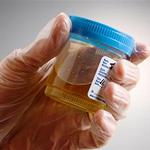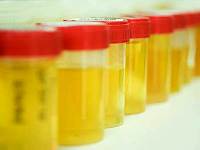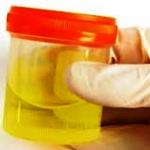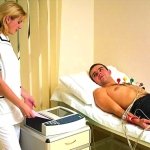 Urinalysis according to Addis-Kakovsky
Urinalysis according to Addis-Kakovsky
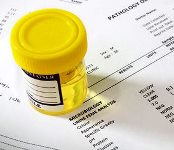
When diagnosing pathological processes in the kidneys, an Addis-Kakovsky urinalysis , which allows to determine the quantitative content of formed elements in the urine (erythrocytes, leukocytes, cylinders). This research method is currently used quite rarely, however, the nurse must know the purpose of the analysis and the algorithm for the collection procedure.
Otherwise, this analysis is called a urine test using the Kakovsky-Addis method, because. it was first proposed by our compatriot, doctor, scientist and teacher Anton Fomich Kakovsky in 1910. The urine collected from the patient for 8 hours during a night's sleep was studied. In 1925, the American scientist and physician Thomas Addis recommended that the Kakovsky method be improved. At the same time, urine was collected by patients per day.
Indications for urine collection according to the Kakovsky-Addis method
This study is used when the following pathological conditions and kidney diseases are suspected:
- kidney cysts;
- glomerulonephritis;
- pyelonephritis;
- urolithiasis disease;
- chronic renal failure.
Urine collection for analysis according to Addis-Kakovsky, algorithm
In the classic version, urine is collected in a day in compliance with all the rules for collecting urine for analysis and storing it for a long time (in a large vessel in a special refrigerator, with the addition of 4-5 drops of formalin or 2-3 thymol crystals).
In clinical practice, a simplified method is most often used - urine collection in 10 hours.
Actions of a nurse
- We make a referral to the laboratory.
- We prepare a clean dry jar with a volume of 0.8-1.0 liters.
- We explain to the patient the purpose of the study and obtain consent to conduct it.
- We ask the patient to empty the bladder at 22.00 and warn the patient to refrain from going to the toilet throughout the night.
- In the morning, by 8.00 we carry out the toilet of the patient's external genital organs with the help of boiled water.
- We ask the patient to collect all the urine in the prepared jar.
- We label the jar and deliver it to the clinical laboratory with a referral no later than 1 hour after urine collection.
Recommendations
It is desirable that the patient collect urine not on an outpatient basis, but in a hospital. During the period of urine collection according to Addis-Kakov, the patient should refrain from taking large amounts of liquid. On the eve of the study, the doctor may prescribe a diet with a high protein content in the form of meat dishes to the patient.
Urinalysis according to Addis-Kakovsky: norm
The results of the study are interpreted as follows. In the absence of pathology in the kidneys, the content of formed elements in the urine will be as follows:
- leukocytes - up to 2 million per day;
- erythrocytes - up to 1 million per day;
- cylinders - up to 20 thousand per day.
The nurse is not involved in the evaluation of pathological processes, but should have an idea of normal indicators in this study, as in all other laboratory studies.
